Imagine a place where all
matter is squeezed in so tight that nothing at all can escape. Planets, moons
even light in fact nothing at all! The gravitational force is so large that
anything coming even remotely close to it is sucked in, this, in essence,
defines a black hole. But how did they come to be? Check out these 7 facts
below about these amazing objects.
1. X-ray astronomy
discovered the very first black hole.
The very first black hole ever discovered named Cygnus X-1 was
discovered way back in the 1960s, but it wasn’t actually identified as a black
hole for at least another decade. NASA state that Cygnus X-1 is around 10 times
bigger than our sun, a nearby giant star
which is around 20 times bigger than our sun is bleeding due to the massive
X-ray emission coming from the black hole.

2. What does a black hole look like?
A black hole is ‘black’ meaning no light can escape from it, this means
it is impossible to see or sense a black hole using any of our instruments. The
key (according to NASA), to actually see a black hole is to study the effects
it has on its environment. Passing stars are ripped to shreds by the black hole
due to the massive pull on them, when this happens the matter from the star
gets brighter and hotter, glowing in X-rays.

3. How big is a
black hole?
NASA says that there are at least three types of black hole ranging from
‘relative squeakers’ to black holes that dominate an entire galaxy. The
smallest black holes are called Primordial ranging from the size of 1 atom to
the size of a mountain, the most common black holes are Stellar black holes and
can be up to 20 times the size of our sun – there are dozens of them in the
Milky Way. Supermassive Black Holes are the really big ones at the centres of
galaxies, more than 1 million times bigger than the sun.

4. The Milky Way has
a black hole!
Are we in any danger you ask
right? Well no, astronomers have confirmed we are ok you will be pleased to
read, although our Milky Way almost definitely has a supermassive black hole in
its centre. Don’t panic we are nowhere near this although we can see its
effects from where we are.
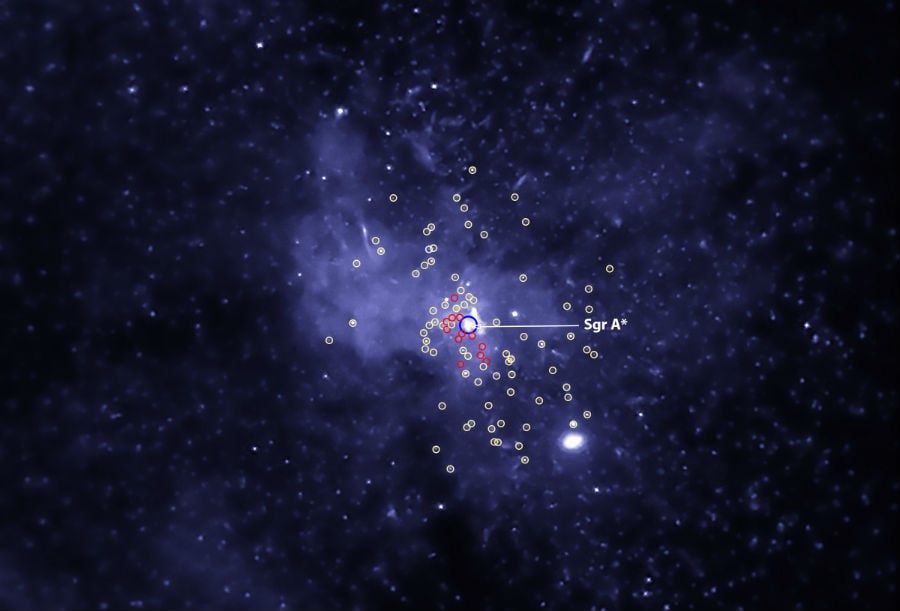
5. How does a black hole form?
When our sun eventually dies it will go quietly, as the nuclear fuel
burns away the sun will slowly fade into a white star, however that is not the
case for bigger stars. When the massive stars run out of fuel gravity will
overwhelm the star and it will loose its stable shape, this is called a
supernova. The core that remains after the supernova collapses is called a
singularity, which is basically a spot of infinite density with next to no
volume… a black hole!
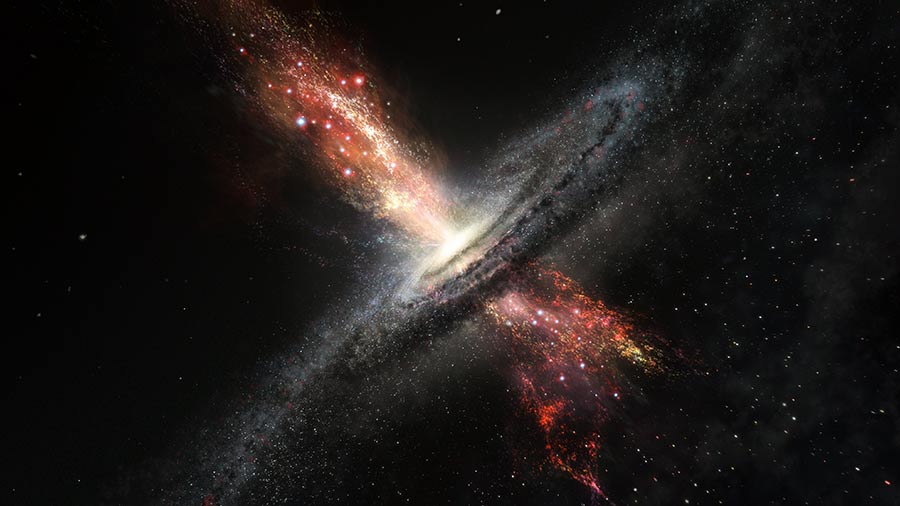
6. What is
inside a black hole?
Imagine if a person fell into a black hole, while another person
watches. From the watchers perspective, the person who fell into the black hole
time goes much slower, or as Einstein put it time is affected by how fast you
go. A black hole warps time and space on such a level that for anything inside
it time is much slower from the outside, while from the perspective of inside
time seems normal. Did you get that?

7. Science Fiction
uses black holes all the time
Many, many films feature black holes. You must have seen most of them right? Interstellar features a journey through a black hole, Event Horizon explores black holes and the phenomenon that they create and of course, Star Trek features them heavily.
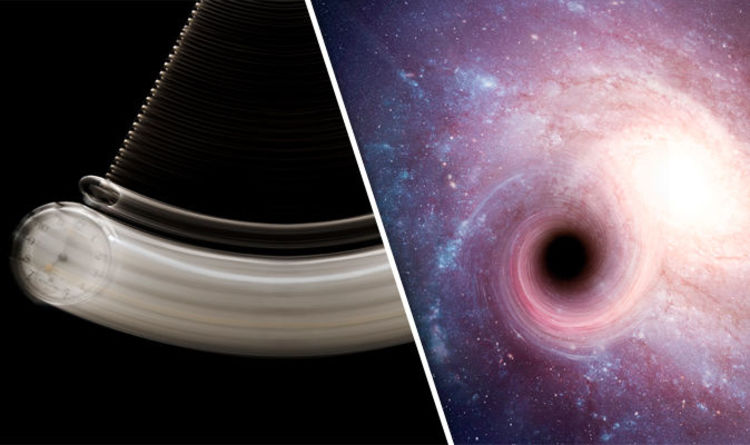
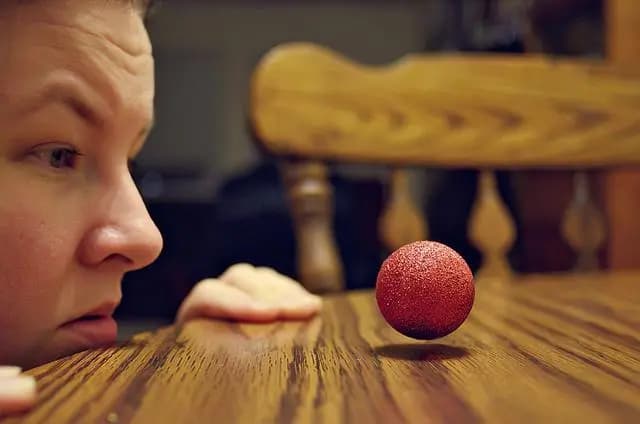
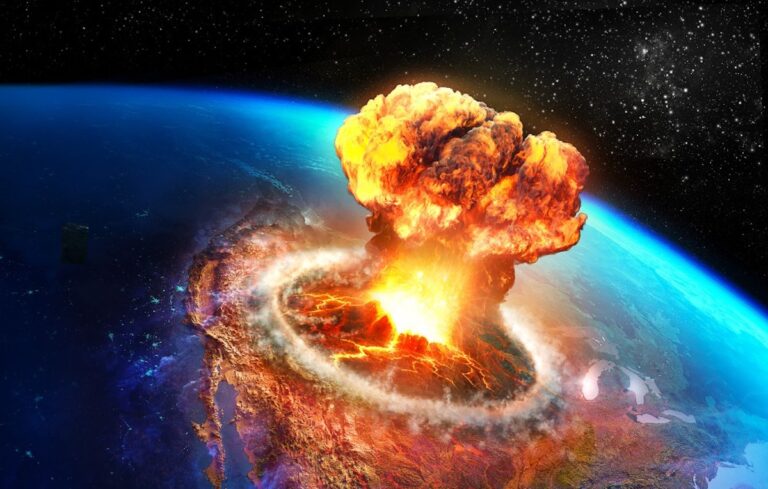



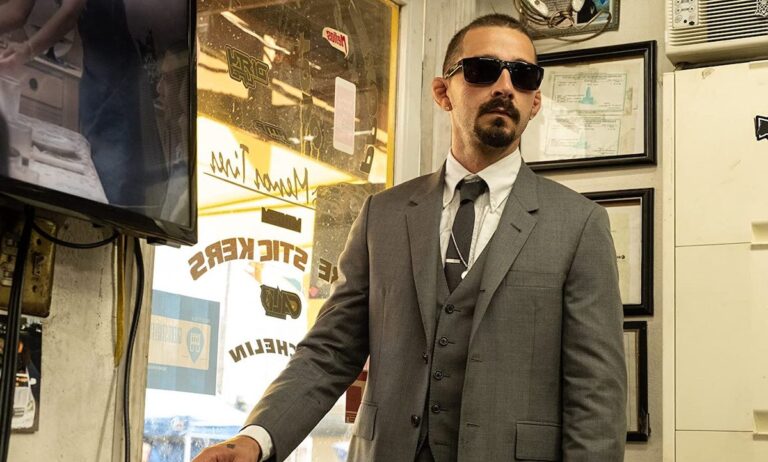





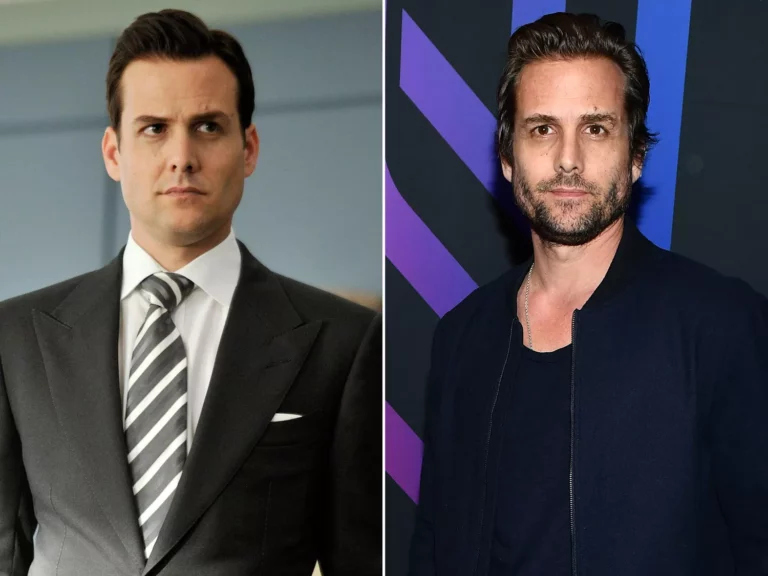

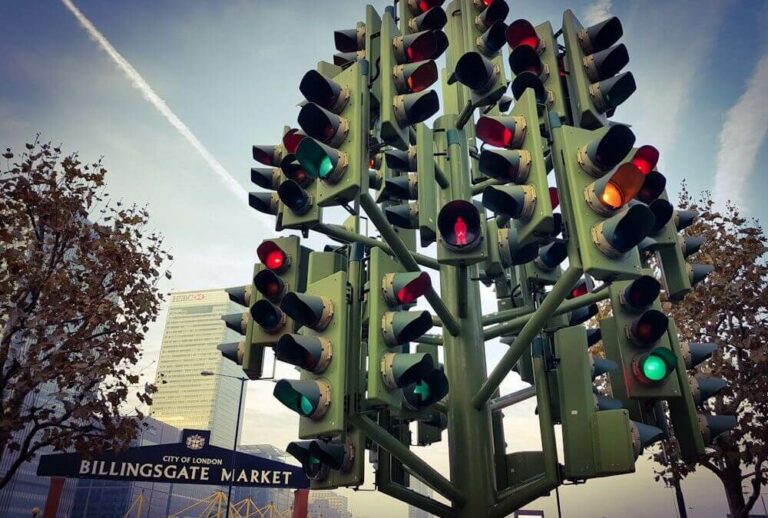


+ There are no comments
Add yours